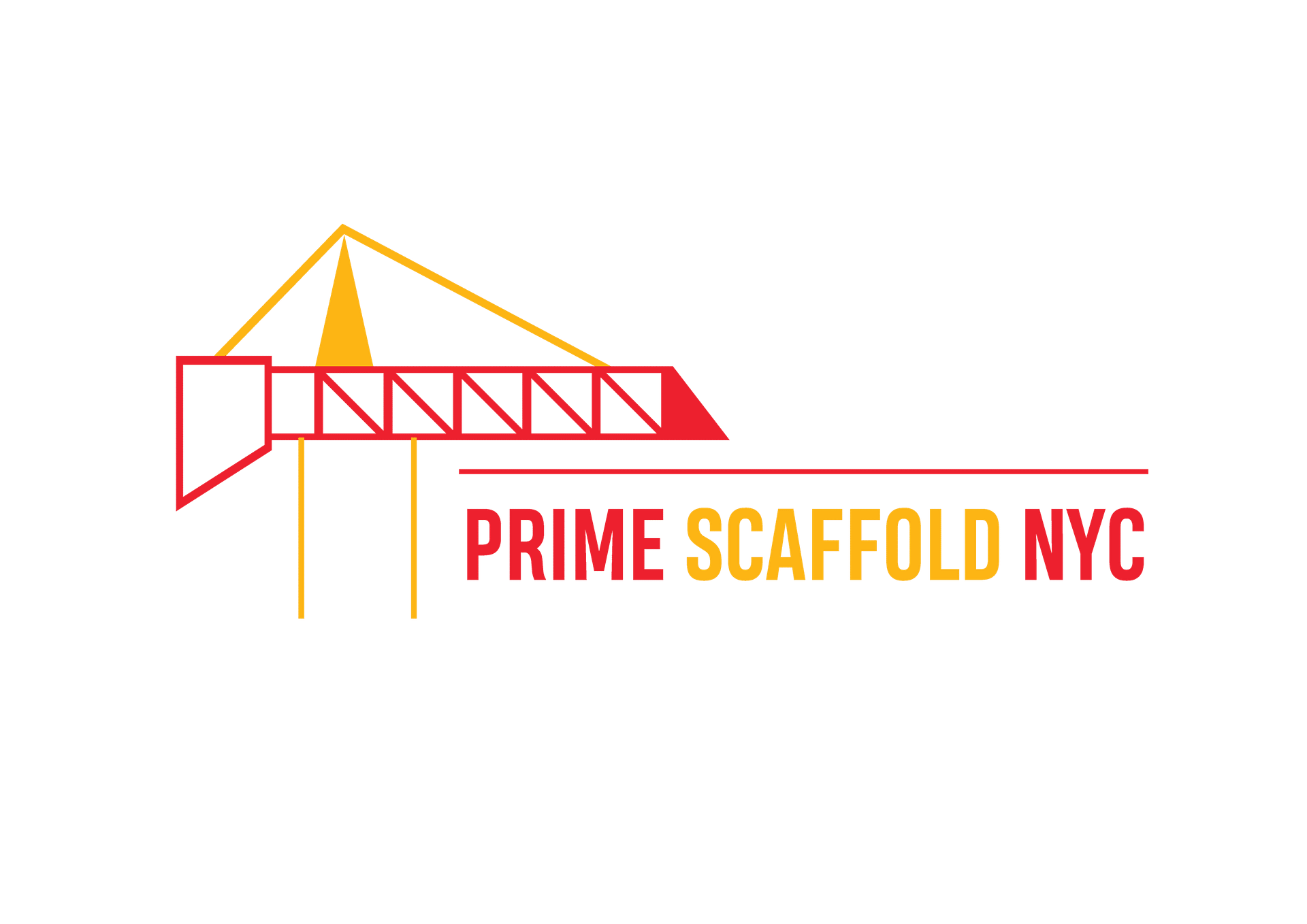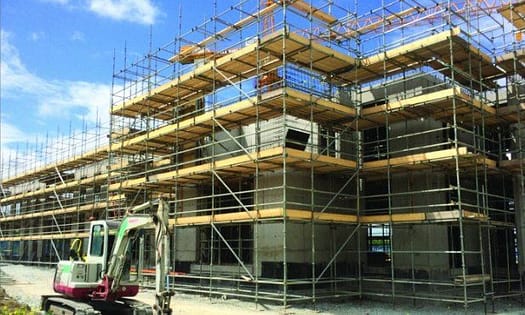
Introduction
Scaffolding is a fundamental component in the construction, renovation, and maintenance of buildings across New York City. Given the density of urban development, regulatory complexity, and the architectural diversity of the city’s skyline, selecting a dependable scaffolding company is a critical decision for developers, contractors, and property owners.
This article focuses exclusively on scaffolding services in New York City, emphasizing legal compliance, safety, operational reliability, and industry best practices.
Scaffolding Services Offered in New York City
Scaffolding companies in New York City provide a range of services to support construction and maintenance projects. These typically include installation and dismantling of scaffolds, suspended scaffolding systems, sidewalk shed construction, debris netting, engineering consultation, permit acquisition, and on-site safety inspections. These services are essential for supporting facade inspections, exterior renovations, and access to elevated workspaces.
Regulatory Compliance in Scaffolding Projects
New York City maintains stringent regulations governed by the Department of Buildings. These regulations include compliance with specific local laws, such as Local Law 11, which requires regular facade inspections. All scaffolding installations must be approved by licensed professionals, adhere to safety standards established by OSHA and the Department of Buildings, and secure the necessary site permits. Partnering with a scaffolding firm that maintains compliance with all local requirements ensures project continuity and minimizes legal risk.
Qualities of a Reputable Scaffolding Company
When selecting a scaffolding company, stakeholders should prioritize firms that maintain proper licensing and insurance, demonstrate significant experience with similar project types, and provide scalable services based on project scope. Other important considerations include a documented safety record, internal engineering capabilities, and the ability to coordinate with city agencies and other contractors efficiently.
Challenges of Working in NYC’s Urban Environment
The logistics of scaffolding in New York City are affected by narrow sidewalks, high pedestrian traffic, limited staging areas, and strict city inspection schedules. Additional constraints include noise restrictions, neighboring building coordination, and access to building exteriors. Companies that are familiar with these site-specific challenges can plan effectively and mitigate disruption through proactive planning and communication.
Sidewalk Sheds and Their Project Impact
Sidewalk sheds are mandatory for any building undergoing exterior work above a certain height. They provide pedestrian protection and are a visible part of the streetscape during construction. Their installation adds to project costs and timeline requirements. A knowledgeable scaffolding contractor will account for these factors in the planning phase, ensuring proper scheduling and budget forecasting.
Understanding Scaffolding Proposals
A comprehensive scaffolding proposal should include a full scope of work, the type of scaffolding systems to be used, duration of rental, cost estimates, permit information, maintenance responsibilities, and contingency plans. Clear proposals help avoid misunderstandings and ensure that all project stakeholders are aligned from the outset.
Verifying a Scaffolding Company’s Reputation
To confirm a company’s reputation, stakeholders should review its portfolio of completed projects within the city, seek references from previous clients, confirm licensing and insurance, and assess responsiveness during the bidding process. These actions help ensure the selection of a reliable and qualified vendor.
Role of Engineering Design in Scaffolding
Scaffolding systems in New York often require custom engineering due to the height and complexity of buildings. This includes consideration for load distribution, wind resistance, and integration with facade work. Professional design reduces safety risks and facilitates the approval process with local authorities.
Safety and Maintenance During the Project
Throughout the rental period, the scaffolding contractor must perform regular inspections, monitor load limits, and ensure all structural components remain secure. Maintenance should include replacement of worn materials, realignment of shifted components, and prompt response to environmental damage. A disciplined maintenance approach ensures safety for workers and the public alike.
What is the primary role of scaffolding companies in NYC?
To provide safe and compliant temporary access structures for construction, maintenance, and facade inspections on buildings throughout New York City.
Are sidewalk sheds mandatory for all construction sites?
Yes, in NYC, sidewalk sheds are required when work is performed above the sidewalk to protect pedestrians from falling debris.
Who regulates scaffolding in New York City?
The New York City Department of Buildings (DOB) oversees scaffolding safety, permitting, and compliance through local laws and construction codes.
What qualifications should a scaffolding company have?
Valid DOB license, proof of insurance, OSHA-certified crews, and experience with local permitting and engineering standards.
How long does scaffolding installation typically take?
Depending on the building size and project complexity, installation can range from one day to several weeks.
Can scaffolding be used for historic buildings?
Yes, with careful planning. Scaffolding must be engineered to avoid damaging historic facades while meeting preservation guidelines.
What is Local Law 11, and how does it relate to scaffolding?
Local Law 11 requires periodic facade inspections on buildings over six stories. Scaffolding is necessary to provide access for these inspections and repairs.
What affects the cost of scaffolding in NYC?
Factors include project duration, height of the building, required permits, sidewalk shed length, and complexity of site logistics.
Do scaffolding companies handle permits?
Reputable scaffolding firms typically manage all DOB permits and coordinate inspections on behalf of the client.
What safety measures are required during scaffolding use?
Routine inspections, proper anchoring, load management, fall protection systems, and compliance with OSHA and DOB regulations.
Conclusion
Scaffolding operations in New York City require specialized knowledge, regulatory expertise, and a commitment to safety and precision. By choosing a company that exemplifies these qualities, project leaders can avoid unnecessary delays and ensure that exterior access needs are met without compromising public safety or regulatory compliance. Investing time in due diligence when selecting a scaffolding company pays dividends across the entire construction timeline.
- By: Addaim
- 0 comment



Leave a Reply